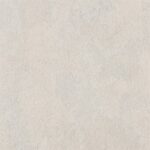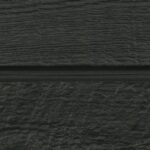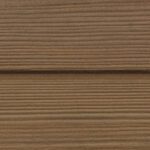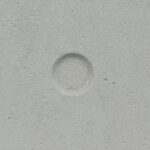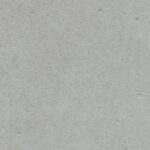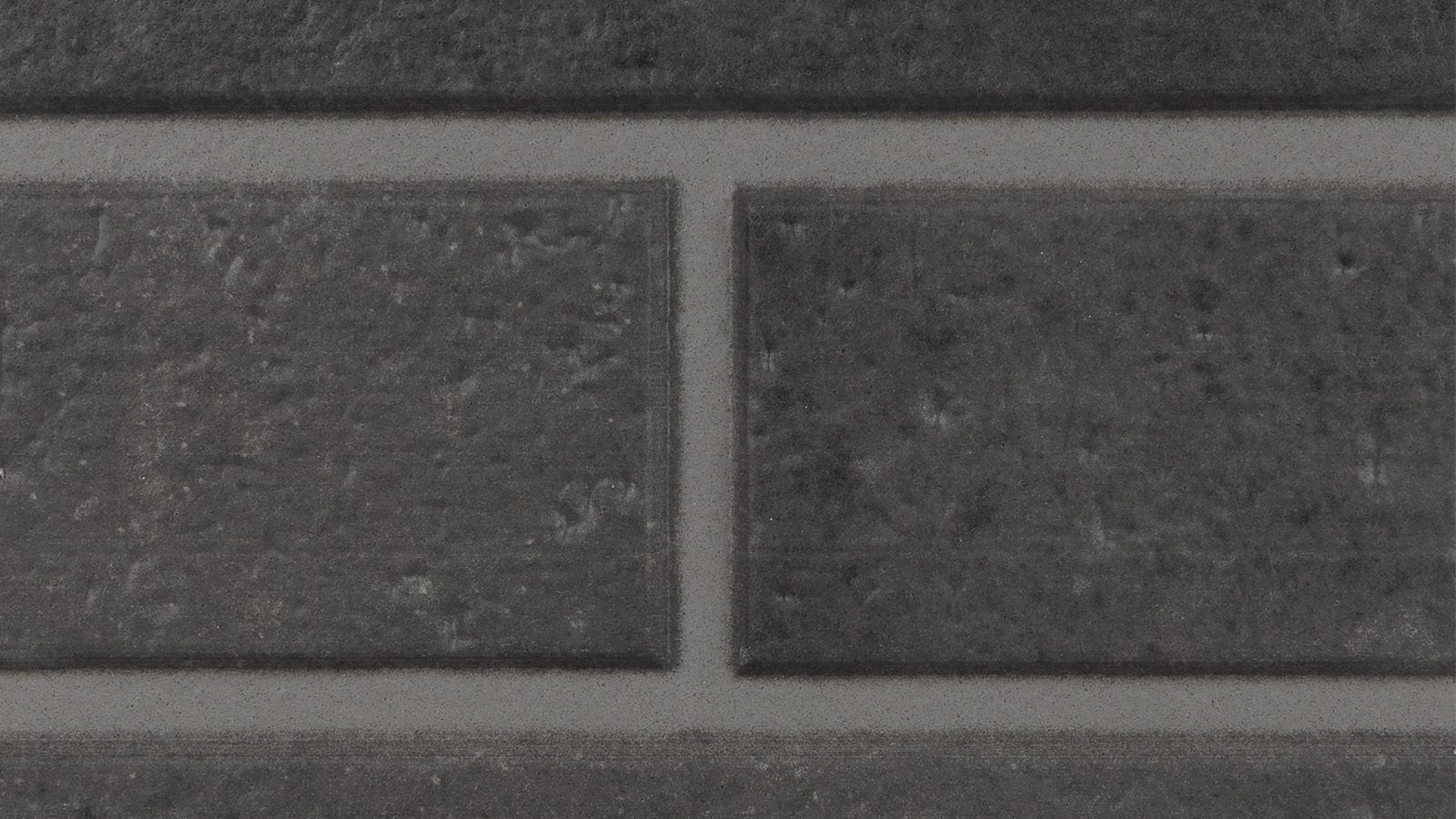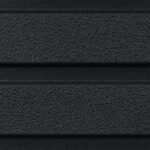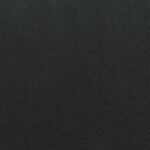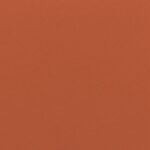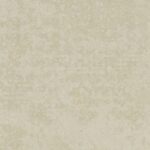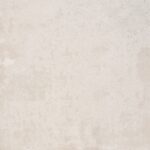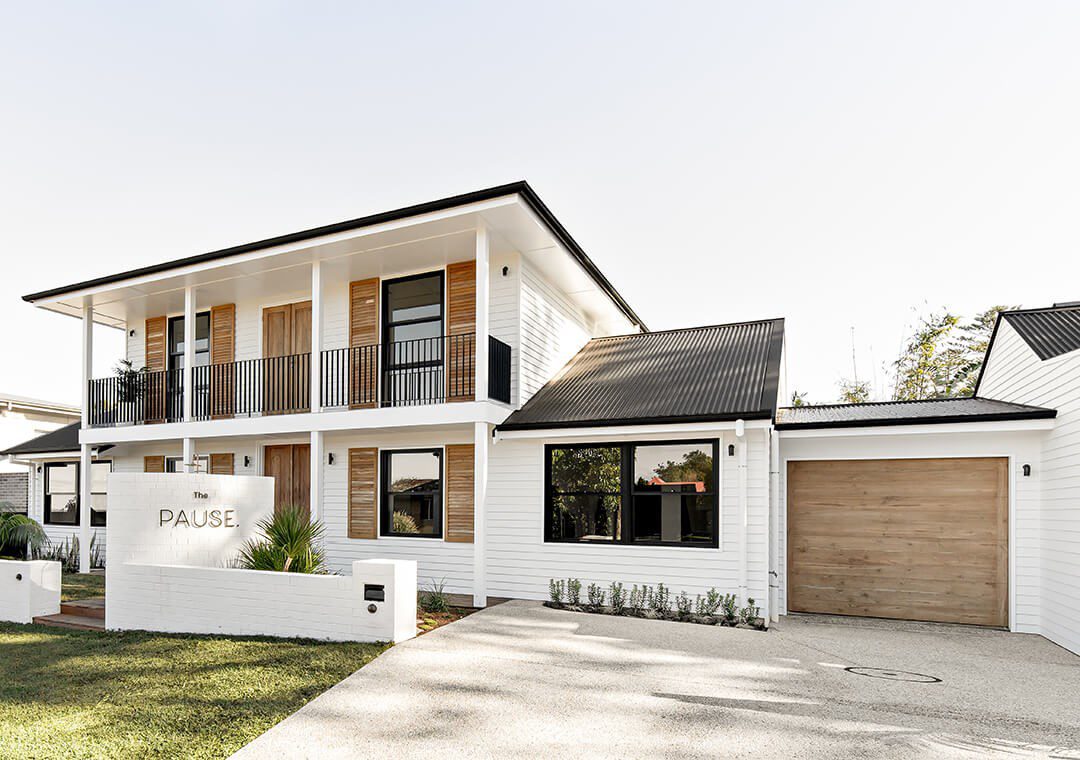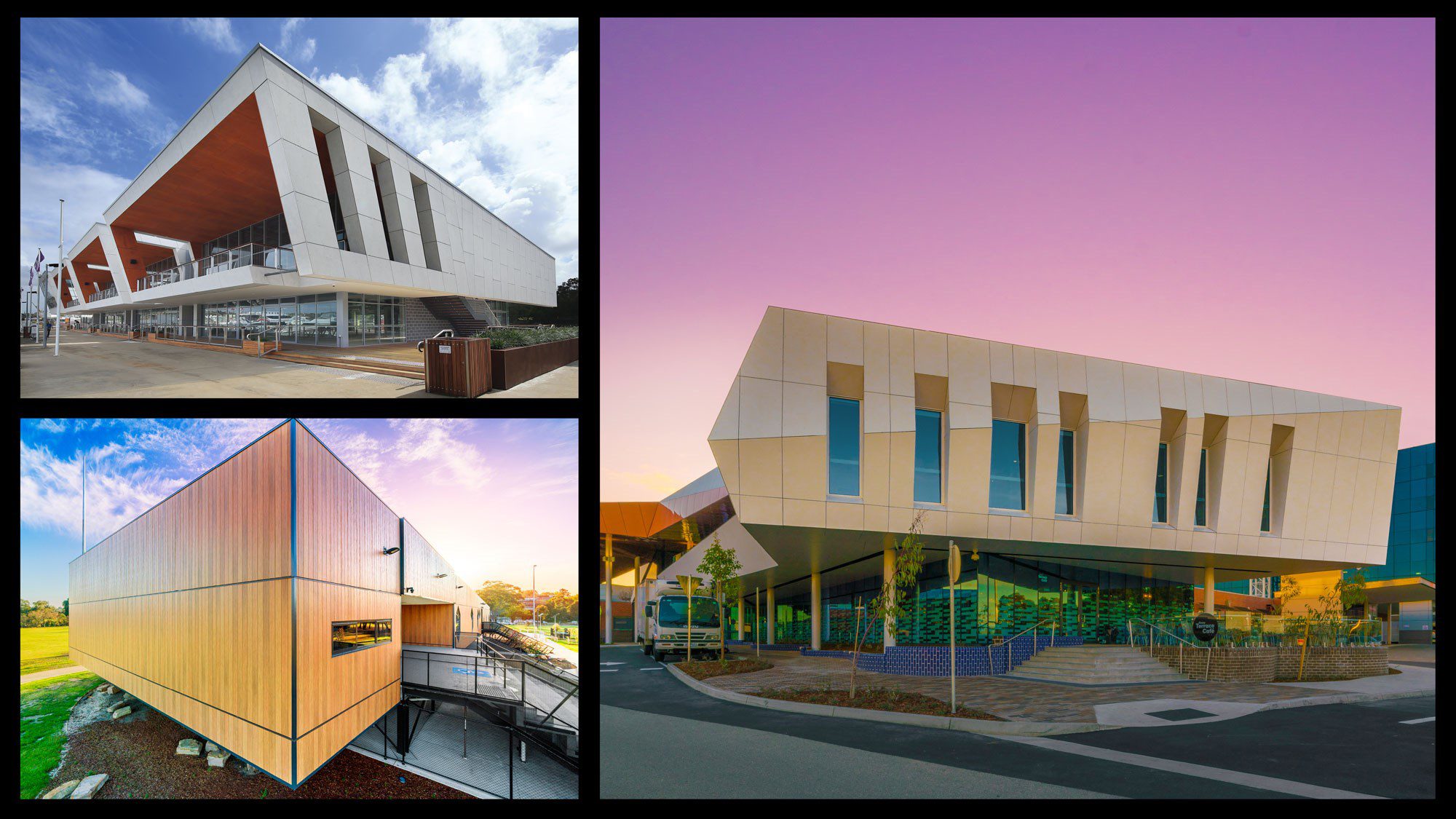Flooring underlays to protect and enhance.
Browse our range of Flooring Underlays below
A guide to internal and external fibre cement flooring substrates
Fibre cement flooring is an ideal substrate for tiled balconies and verandas as well as bathrooms. Timber flooring becomes risky with regular exposure to moisture. If it swells and expands tiles can crack and become loose.
Fibre cement is a remarkable material. It is resistant to swelling, warping, and rotting. It is very good in remaining dimensionally stable which reduces the risk of tiles cracking or becoming loose.
The purpose of a fibre cement flooring underlay is to create a rigid substrate for laying floor tiles. They can assist in preventing finishes like ceramic tiles from cracking. Floor tiles can be expensive, and cracks are difficult to rectify. Ceramic tile underlays are effectively cheap insurance against cracking, and an inexpensive solution.
Sort
Frequently asked questions
-
Do you need an underlay for tiling?
Yes, you’ll likely need a ceramic tile underlay for timber floors to minimise tile movement. Timber floors are too flexible for rigid tiles to be fixed to. An underlay creates a more rigid substrate to prevent floor tiles from cracking.
-
What do you use for a tile underlay?
A Ceramic Tile Underlay consists of a 6 mm thick, specially formulated fibre cement sheet. Cemintel’s Ceramic Tile Underlay comes in an 1800 x 1200 mm size.
-
What are the best underlays for ceramic tiles?
Fibre cement Ceramic Tile Underlays are inexpensive, effective, and widely available. There are very few other material options.
-
What are the benefits of tile underlays?
The main purpose, and greatest benefit, of ceramic tile underlays is to provide a suitably stable substrate to lay your floor tiles to assist in preventing possible cracking of the tiles. A problem they’re prone to have due to the movement that occurs naturally with particleboard and plywood substrates.
Fibre cement tile underlays are just 6mm thick, so they don’t raise the floor level too much.
-
What is fibre cement flooring?
Fibre cement flooring panels are extra thick. They’re a solid load bearing substrate for tiled balconies and internal wet area floors. They’re installed to timber or lightweight steel joists.
There are two types of fibre cement flooring.
The first is traditional Compressed Fibre Cement (CFC) flooring with square edges. This is heavy and more time-consuming to install.
The second is more modern low-density tongue and groove fibre cement flooring which can be gun nailed. Constructafloor is more expensive, but the trade-off is that it is easier to install.
-
Is fibre cement waterproof?
Waterproof means impervious to water. Fibre cement isn’t impervious to water, but it doesn’t need to be. Fibre cement is water resistant and maintains a level of strength and stability if it encounters moisture. When installing tiles outdoors and in wet areas additional waterproofing is required.
-
What are the disadvantages of fibre cement flooring?
Compressed fibre cement is very heavy. The 18mm panels weigh 35 kilograms per square metre. The largest compressed fibre cement sheet is 1200 x 3000 x 18mm, and it weighs roughly 126 kilograms.
Constructafloor is lighter than CFC flooring. The 19mm thick panels are 25.5 kilograms per square metre. The 22mm thick panels are 28.6 kilos per square metre.
Other applications
Inspire
Latest topics, projects and people that help shape architecture, design, building and construction.
Speak to an expert
Simply complete the form to get in touch with one of our Cemintel experts.










